My friends John and Helen and I toasted my departure with wild blackberries. Our farewells said, I climbed aboard KIMCHI, the 12′ Salt Bay skiff I’d built with John’s guidance. I pulled on the oars, slipping away from the dock into the John Day River near Astoria, Oregon. The sky was a gray sheet and the water like glass, murmuring softly as KIMCHI picked up speed.I’m really a sailor, not a rower. But that morning the weather decided that, like it or not, I was going to be a rower. I didn’t mind, since there was no sun to warm me and I wanted to work up an appetite. It was flood tide, and the John Day River, which feeds into the Columbia just 12 miles before that broad river reaches the Pacific, was flowing in reverse. Once I was on the Columbia itself, the tide would be in my favor as I headed east, but I had a mile to row against a nearly 2-knot current before I reached the John Day’s mouth at Cathlamet Bay. A derelict railroad bridge marked the gateway between the two, and with a final sprint I pushed through the narrow channel between its pylons and onto the edge of the estuary’s 5-mile-wide expanse. .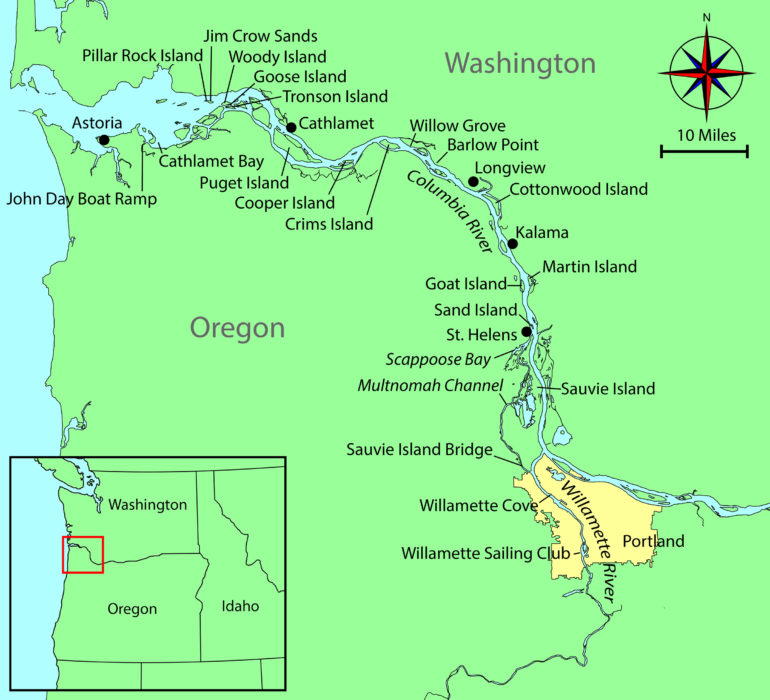 Roger Siebert
Roger Siebert
Join The Conversation
We welcome your comments about this article. To include a photo with your remarks, click Choose File below the Comment box.

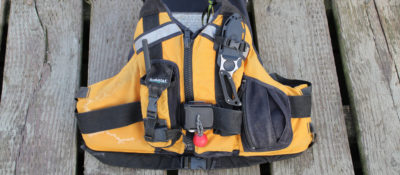



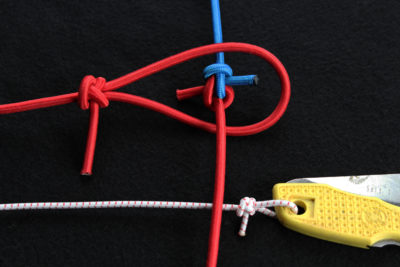
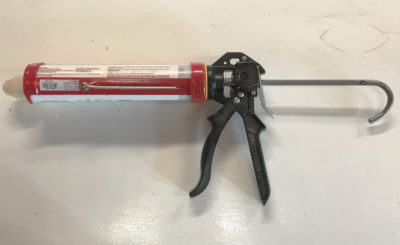
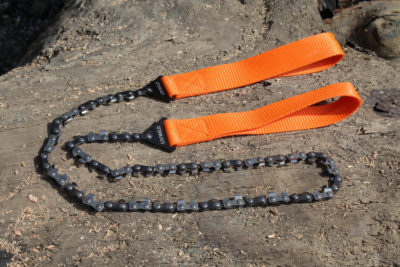
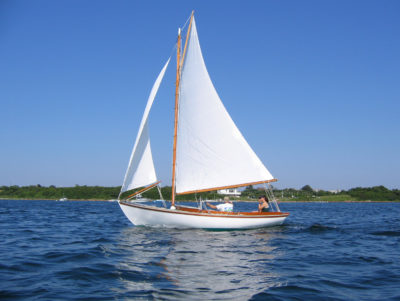
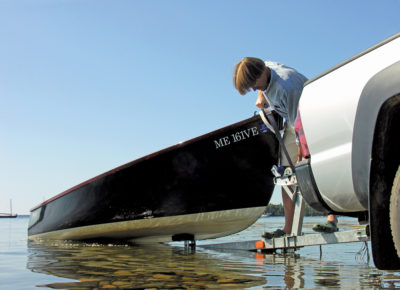
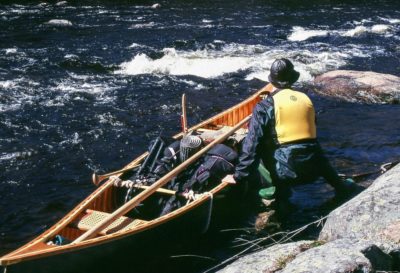

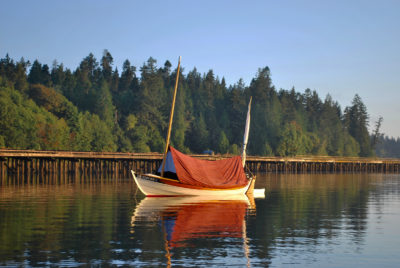
Very nice story, Torin. I have often thought of sailing in that Lower Columbia region. Thanks for posting this. Nice photos, and nice boat.
Thanks for the story, Torin. Proves that you don’t need a big fancy boat or need to go far afield to find adventure.
Torin, great small-boat sailing adventure story. Thanks for sharing. How did you prepare for overnighting in potential rainy conditions in your open skiff? Also, can you fully stretch out when sleeping in this design? I love the removable rowing thwart—good intelligent design.
Best,
Brent
Great read, thanks for the adventure. Much more visceral experience than in a SanJuan 28. Have you read Swallows and Amazons?